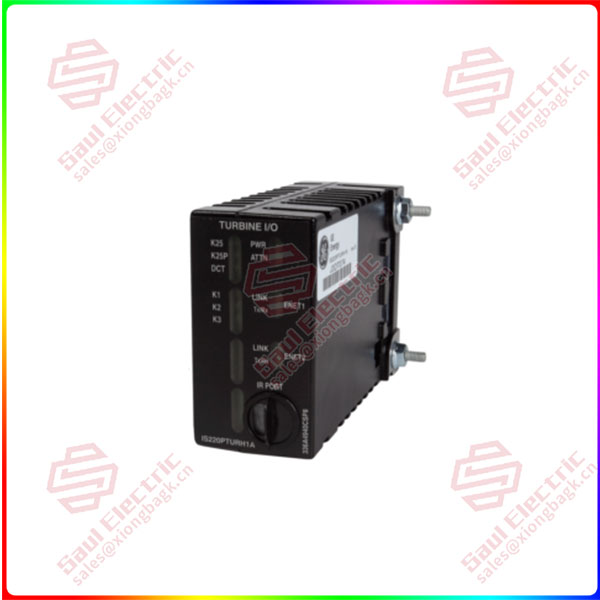At present, there are two main application scenarios of JH-7110.
One is the control room equipment, the typical representative is the industrial computer.
The second is the gateway, firewall, control equipment on the edge side, as well as high-performance PLC, multi-axis servo, human-machine interface, video codec.
“For industrial applications that require frequencies above 1GHz, the JH-7110 is one of the few RISC-V architecture industrial-grade chips available today.”
Commenting with some pride on his company’s products, Zhou Jie explained: “The JH-7110 meets the industrial wide temperature requirements, achieves the best PPA (power consumption, performance, area) balance, and provides various interfaces required for industrial scenarios. The JH-7110 meets industrial specifications and is already in mass production, providing a stable supply to customers.”
Among them, involving yield, performance standards, whether to meet the requirements of the industrial environment, stability, etc., in the words of the chip industry, “there is a Pacific Ocean in the middle.”
Although the chip is good, it will eventually land, and we will see the truth. In this regard, Zhou Jie disclosed the relevant progress ––
The first industrial related project of Saifang Technology is the industrial firewall that has been landed in cooperation with Ganghua Energy and Winut.
This is not only the industry’s first industrial firewall based on RISC-V chips, Zhou Jie also added, “It is also the first landing exploration of RISC-V chips in the industrial field, and Saifang Technology has done a lot of work in it.”
What is the value behind an industrial firewall project?
Zhou Jie disassembled for us the efforts made by the SaiFang team in this project, which are as follows:
First of all, in terms of hardware, since JH-7110 is the first product whose performance meets the requirements of relevant scenarios, various hardware design customization needs to be completed from 0 to 1. Once the hardware is complete, it also needs to meet industry test standards. This includes high and low temperature testing, electrostatic/surge/pulse testing, stability testing, etc… The team needs to go into the field again and again to test and record debugging to meet the needs of industrial scenarios.

IS220PPROS1B
In terms of software, the SaiFang team also needs to build a large number of middleware from 0 to 1. For general scenarios, the original chip manufacturer only provides SDK and drivers, but since the partner requires support in DPDK, Web, database, VPN, etc., SaiFang needs to provide various middleware one by one.
The above complicated work means that the SaiFang team is not only doing the original chip factory work, but directly reaching out to the application. Correspondingly, due to years of development, the integrity of Arm middleware is much higher, so there is no need to end.
After the SaiFang team completes the above work, the partner will complete the upper layer application based on the middleware, including whitelist, filtering, self-detection and other functions, and thus become a product: TEG5904.
Not finished, wait until the product gets the field test and then import the mass production, it is a long period of work, the cycle reaches half a year.
So is it worth it? Zhou Jie believes that these efforts will be of great benefit to the ecological construction of RISC-V in the industrial scene.
He said that the industrial firewall project seems to the layman but a corner of industrial digitalization, in fact, the project involves a high degree of reusability of middleware. Zhou Jie gives us examples, such as: web, database, DPPK, Openwrt, scene side video stream processing and other aspects of middleware can be reused. In other words, it seems that an industrial firewall project is landing, but it actually opens up a large number of RISC-V chip landing possibilities.
In addition, due to the close proximity of equipment and board hardware in different industrial fields, only the application software running above is different, such as energy storage, power, and rail transportation are not different. The pioneering value of the Saifang team’s one-time effort will appear over time.
In addition to the industrial firewall project, Sai Fang disclosed that they have launched industrial core board solutions with leading solution providers in the industrial field such as Feiling Embedded and Mir Technology, laying out display and control integration, motion control, motor control, industrial gateway, power control, EMS and other fields.
Industrial revenues will rise sharply next year
In order to promote land-based RISC-V products faster, they also have a JH-7110-based development board product Fang · Starlight 2 (VisionFive 2), and build and operate related forums RVspace, publish source code and related technical articles, and encourage more developers to participate in the construction of software ecology.
This is in line with the ecological expansion of the Arm architecture Raspberry PI, and also meets the needs of a small number of customers.
In this regard, Zhou Jie helplessly and slightly proud to explain, “JH-7110 hardware to go faster than the software, we as the chip manufacturer had to launch development board products.” With the hardware carrier (board), industry and community partners can do more work of porting, developing and optimizing software. These software resources based on JH-7110 will also contribute back and contribute to the entire RISC-V ecosystem.”
 1 Year Warranty
1 Year Warranty




